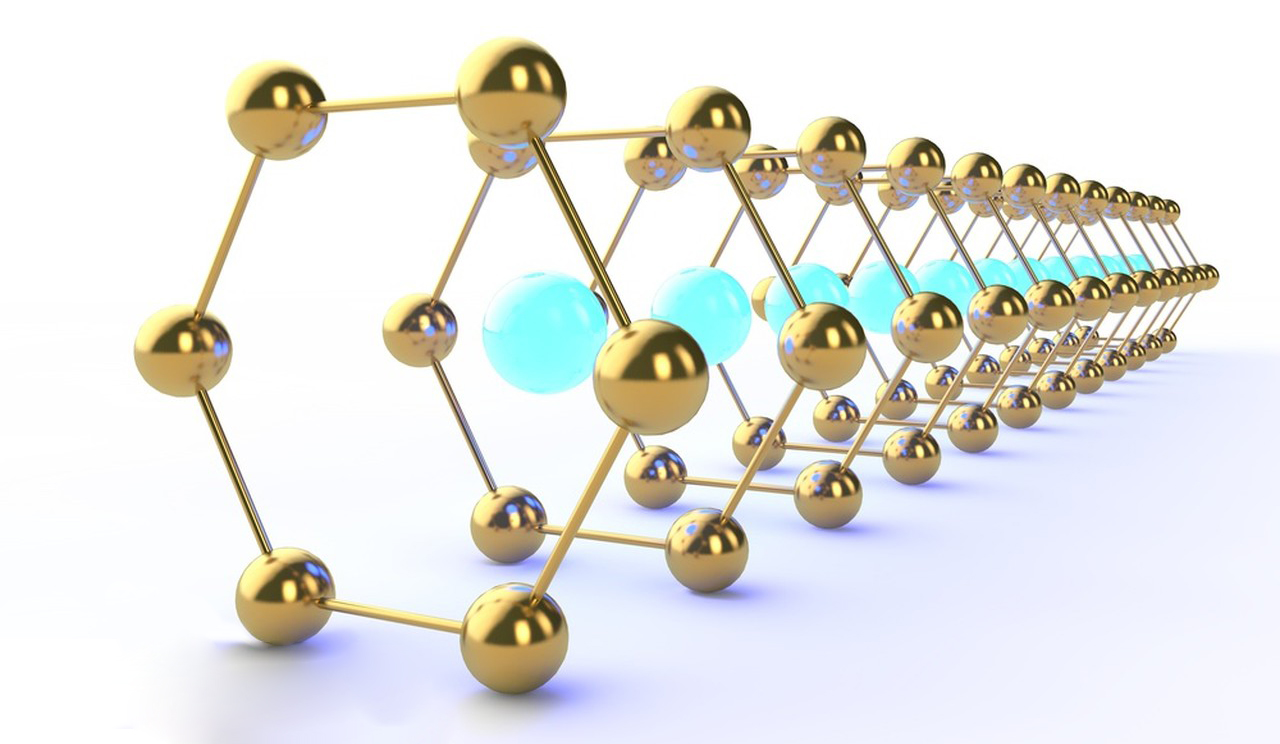Graphene, a single layer of carbon atoms arranged in a hexagonal lattice, has garnered significant attention due to its unique properties.
Applications of Graphene
1.Electronics:
Transistors: Graphene’s excellent electrical conductivity makes it suitable for creating high-speed transistors.
Flexible Electronics: Its flexibility allows for the development of flexible and wearable electronic devices.
2.Materials Science:
Composites: Graphene can be used as a reinforcement material in composites, enhancing strength and conductivity.
Coatings: Thin graphene coatings provide protection against corrosion and improve material durability.

3.Energy Storage:
Batteries: Graphene-based materials show promise in improving the capacity and charging speed of batteries.
Supercapacitors: Graphene is high surface area and conductivity make it suitable for supercapacitors with rapid energy storage/release capabilities.
4.Sensors:
Gas Sensors: Graphene-based sensors can detect various gases with high sensitivity.
Biosensors: They are used in medical diagnostics for detecting specific biomolecules.
5.Medical Applications:
Drug Delivery: Graphene can be used to deliver drugs with precision to specific cells or tissues.
Imaging: Graphene oxide can be utilized for bioimaging due to its optical properties.
6.Water Purification:
Filtration Membranes: Graphene-based membranes are effective in filtering out nanoparticles and impurities from water.
7.Aerospace:
Lightweight Materials: Graphene’s lightweight and strong properties make it suitable for aerospace applications, contributing to the development of lighter and more fuel-efficient aircraft.
8.Automotive:
Conductive Tires: Graphene can be incorporated into tire manufacturing to enhance conductivity and improve performance.

9.Sports Equipment:
Tennis Rackets, Bicycles, etc.: Graphene composites are used to create lightweight and strong sports equipment.
10.Research and Development:
Conductivity Testing: Graphene is often used in research labs to study electrical conductivity at the nanoscale.
It’s important to note that while graphene holds immense potential, there are also challenges in mass production and cost-effectiveness that need to be addressed for widespread commercial adoption in various industries. Ongoing research continues to explore new applications and improve production methods for graphene.
